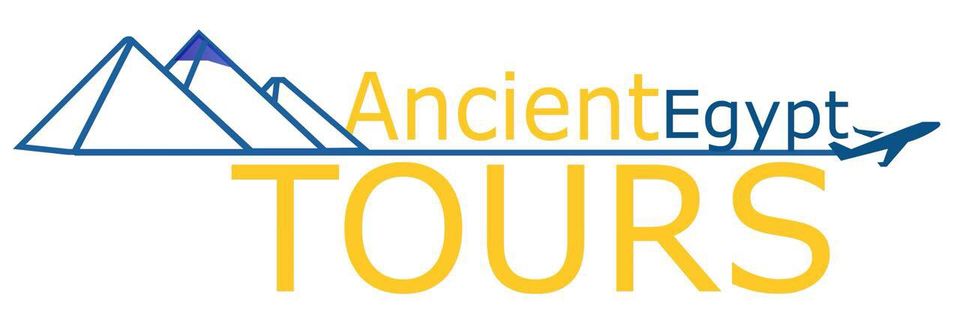Ptah “God of Memphis” is an ancient Egyptian deity, a creator god and patron deity of craftsmen and architects. In the triad of Memphis, he is the husband of Sekhmet and the father of Nefertem. He was also regarded as the father of the sage Imhotep.
Origin and symbolism Statue of Ptah – Egyptian Museum of Turin, Italy Ptah is an Egyptian creator god who conceived the world and brought it into being through the creative power of speech. A hymn to Ptah dating to the Twenty-second Dynasty of Egypt says Ptah “crafted the world in the design of his heart,” and the Shabaka Stone, from the Twenty-Fifth Dynasty, says Ptah “gave life to all the gods and their kas as well, through this heart and this tongue.
Representations and hypostases Like many deities of ancient Egypt, he takes many forms, through one of his particular aspects or through syncretism of ancient deities of the Memphite region. Sometimes represented as a dwarf, naked and deformed, his popularity would continue to grow during the Late Period. Frequently associated with the god Bes, his worship then moved beyond the borders of Egypt and was exported throughout the Eastern Mediterranean. Through dissemination by the Phoenicians, we find figures of Ptah in Carthage. Ptah is generally represented in the guise of a man with green skin, contained in a shroud sticking to the skin, wearing the divine beard, and holding a sceptre combining three powerful symbols of ancient Egyptian religion.From the Old Kingdom, he quickly absorbs the appearance of Sokar and Tatenen, ancient deities of the Memphite region. His form of Sokar is found contained in its white shroud wearing the Atef crown, an attribute of Osiris. In this capacity, he represents the patron deity of the necropolis of Saqqara and other famous sites where the royal pyramids were built. Gradually he formed with Osiris a new deity called Ptah-Sokar-Osiris. Statuettes representing the human form, the half-human, half-hawk form, or simply the pure falcon form of the new deity began to be systematically placed in tombs to accompany and protect the dead on their journey to the West.
Development of the cult





Comment (0)